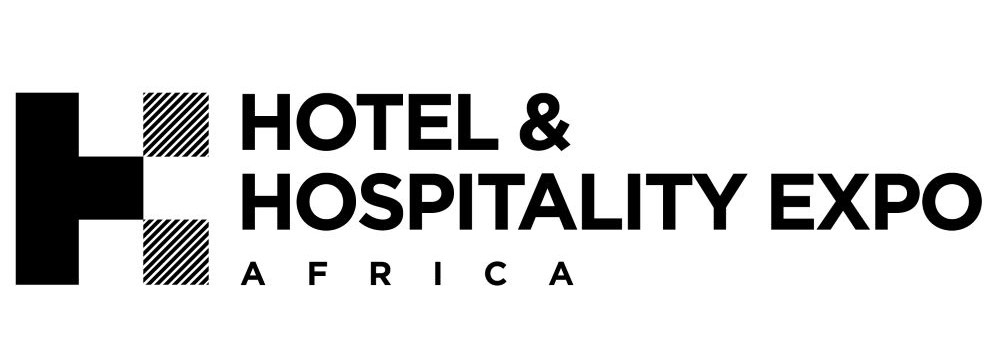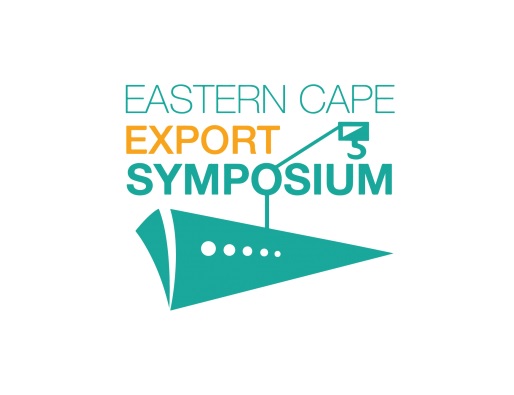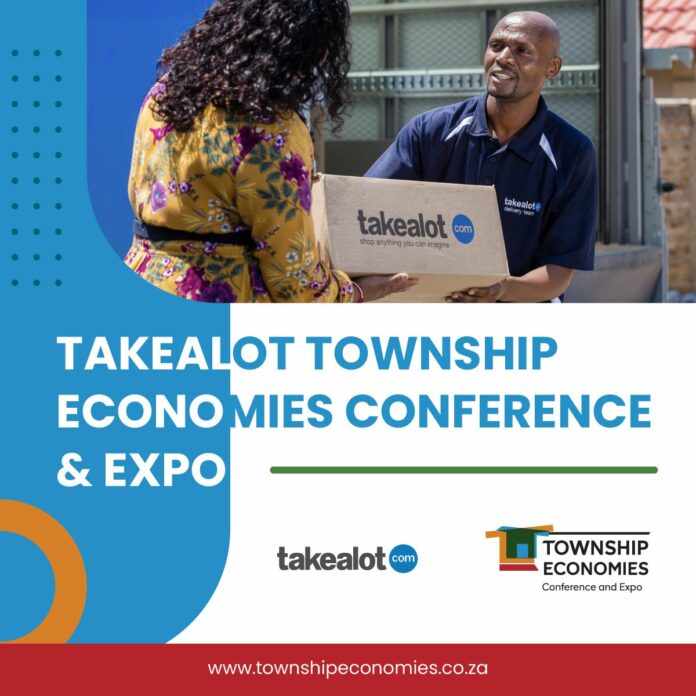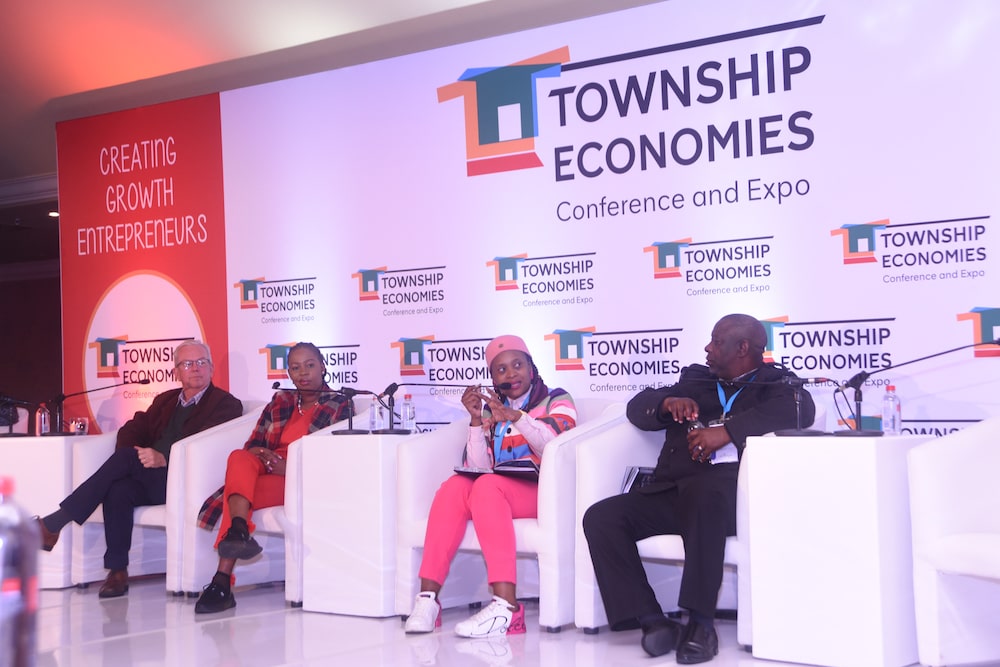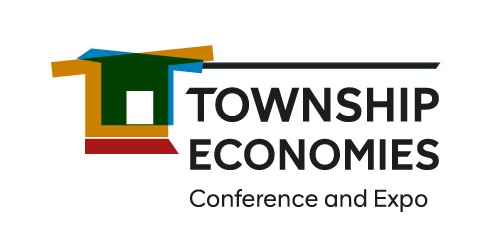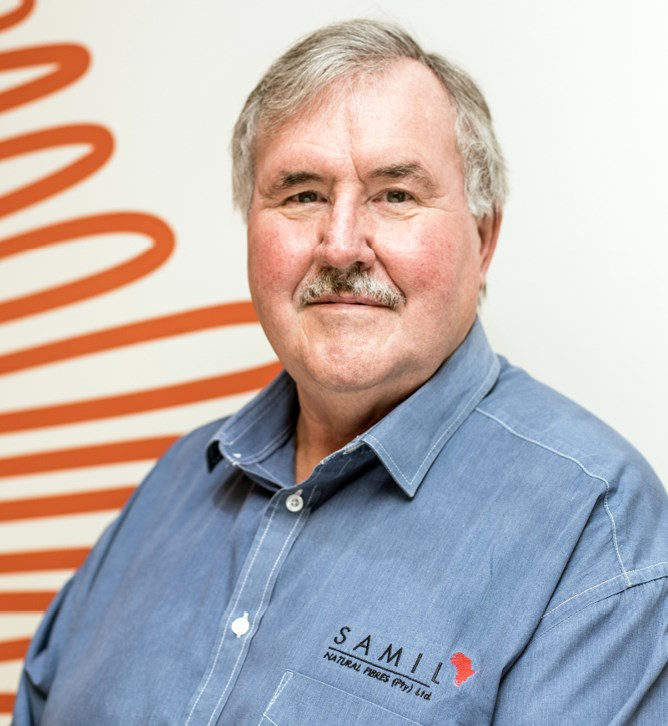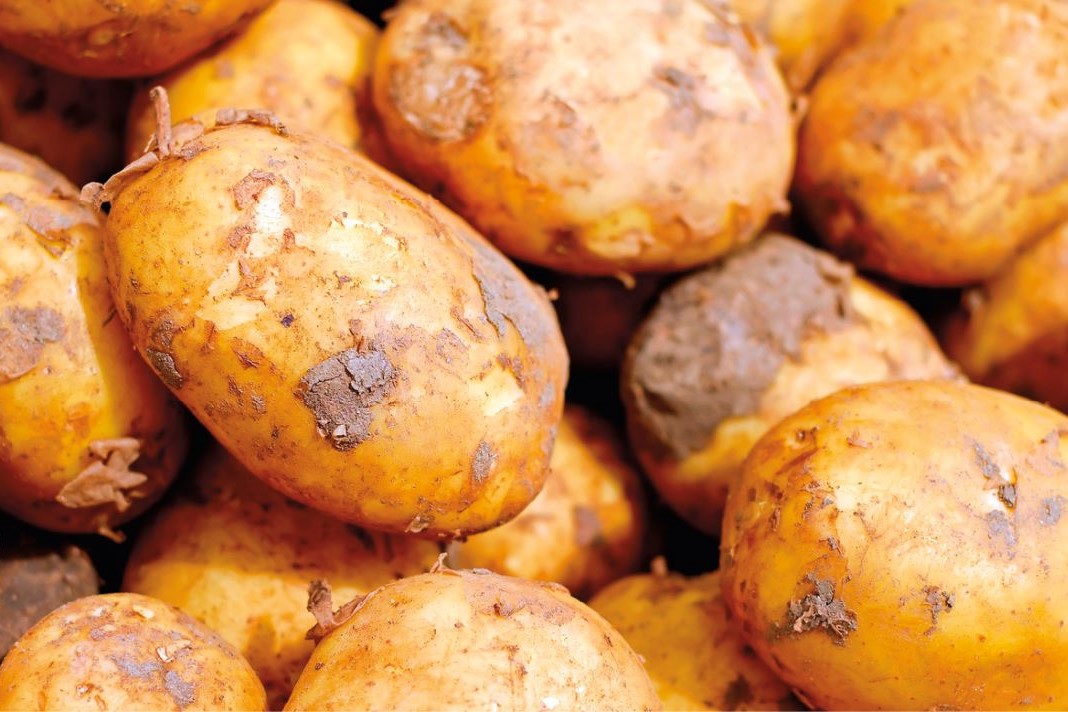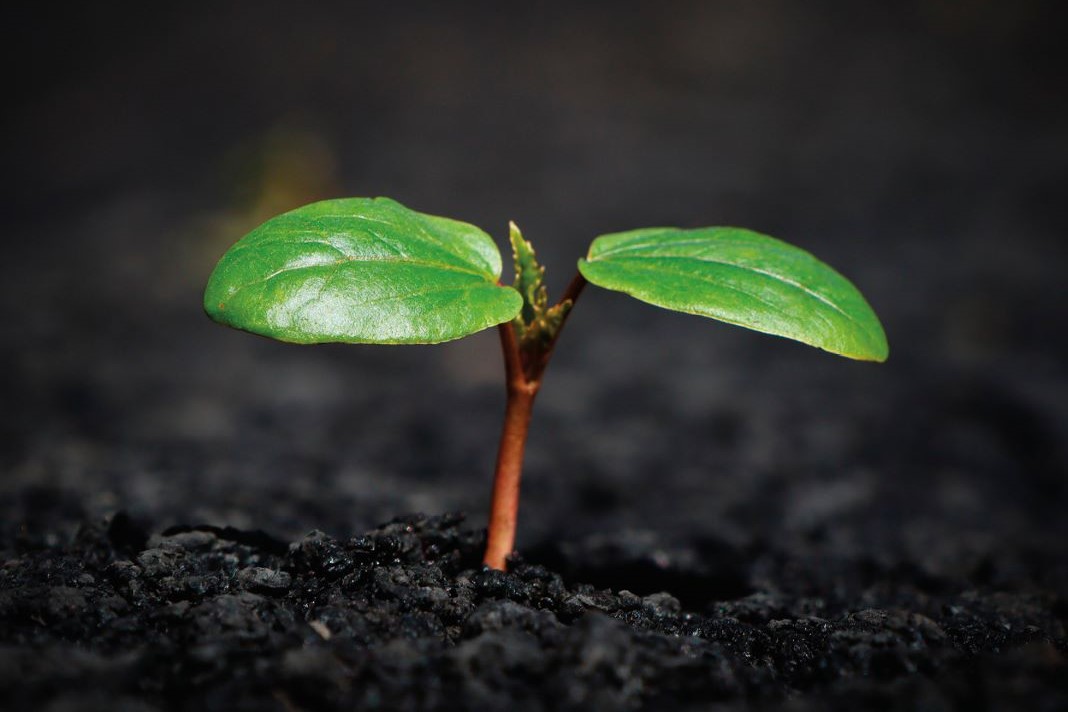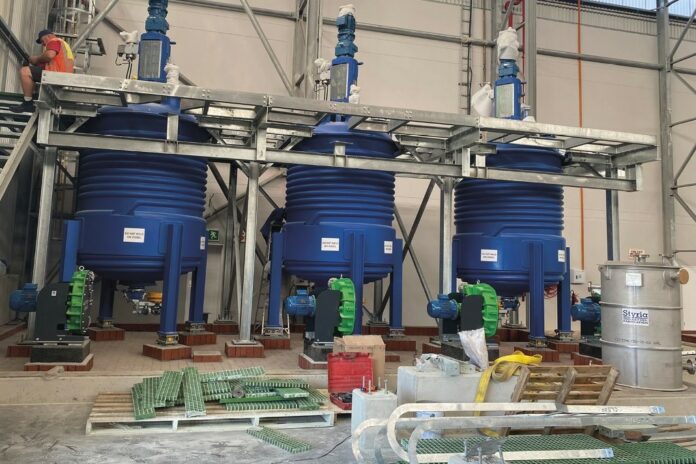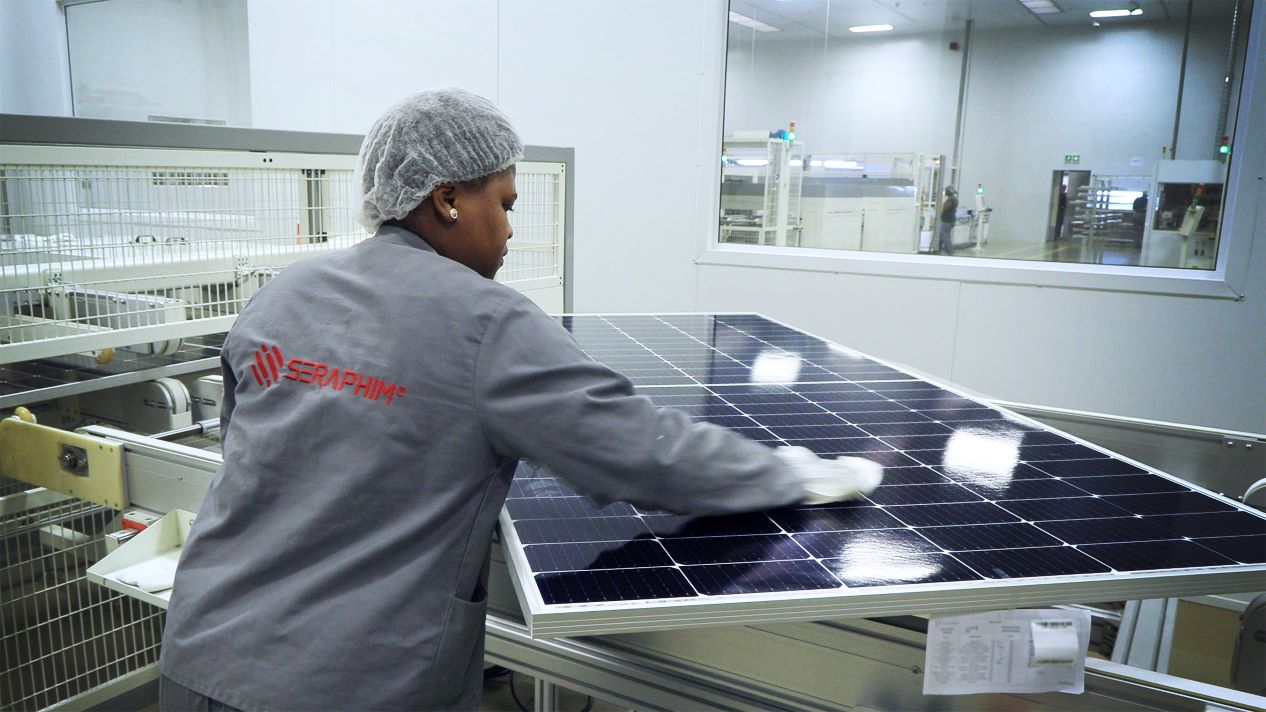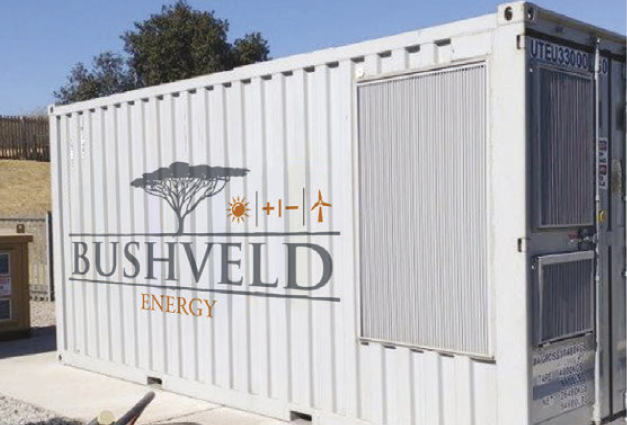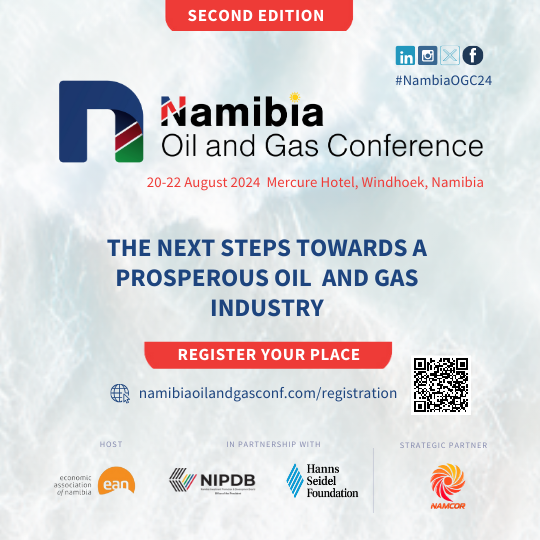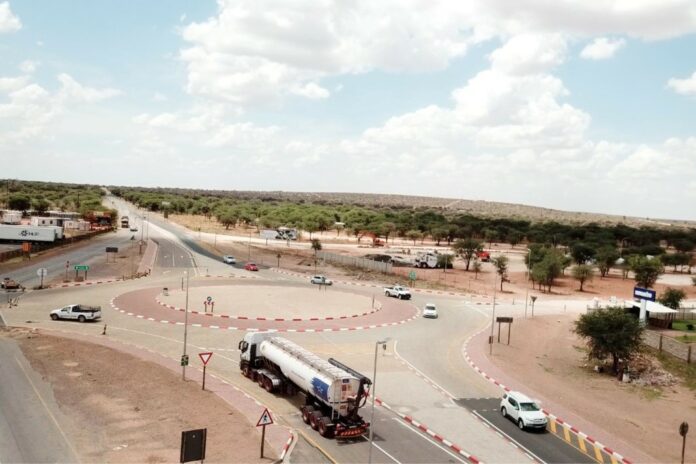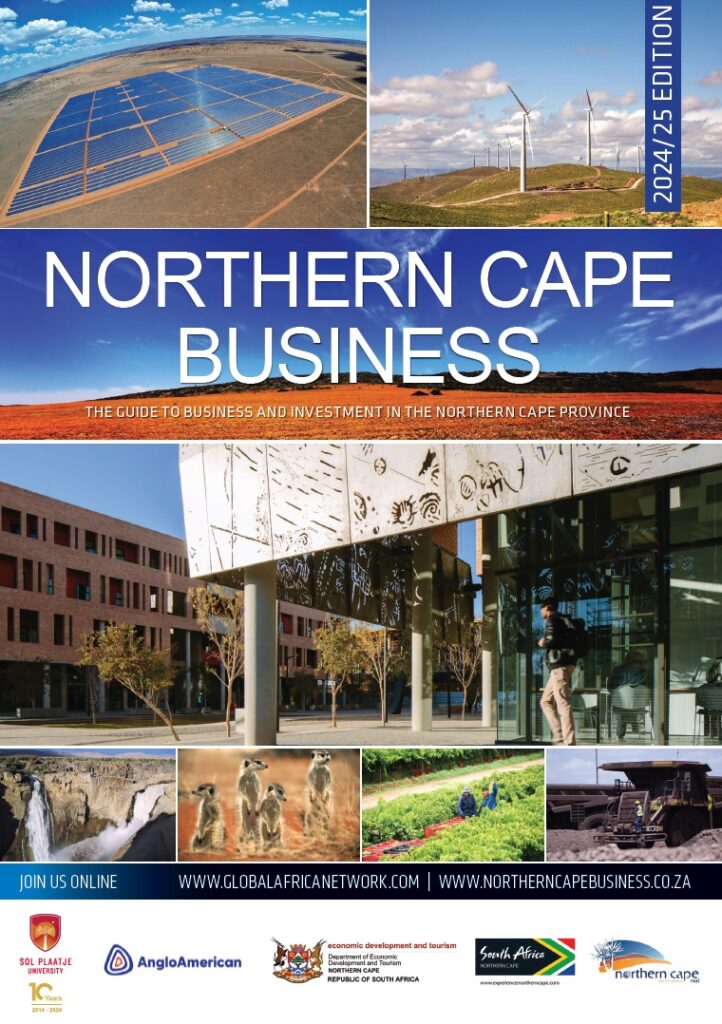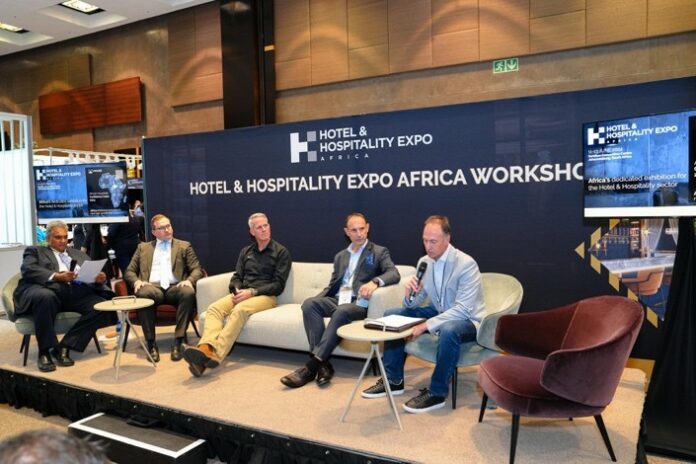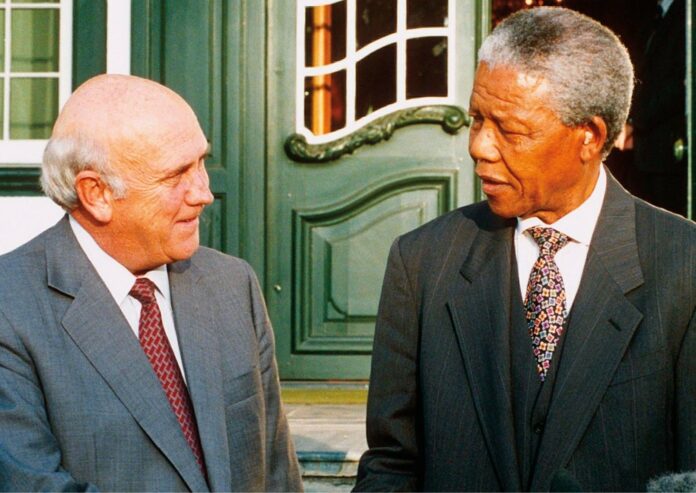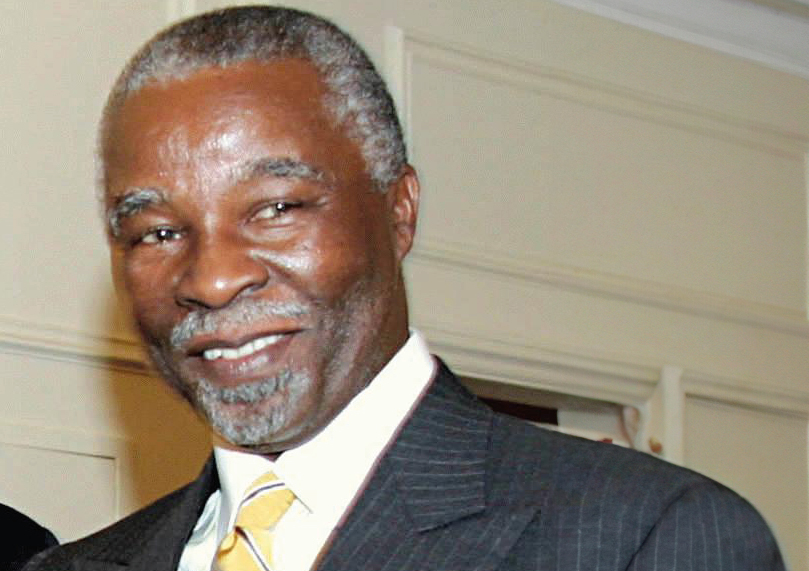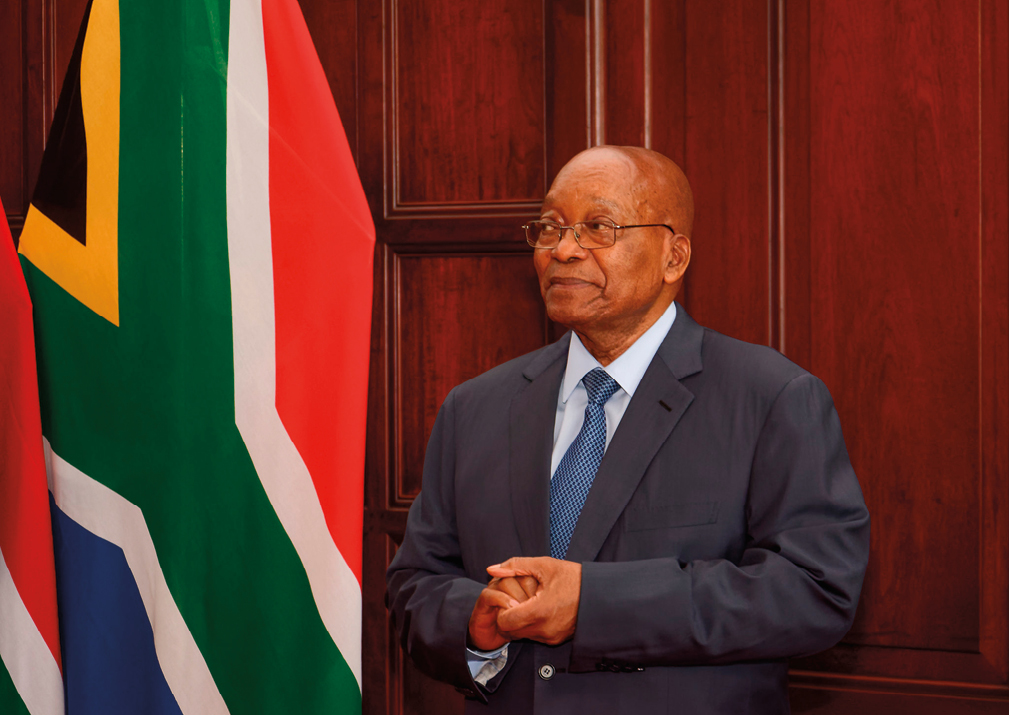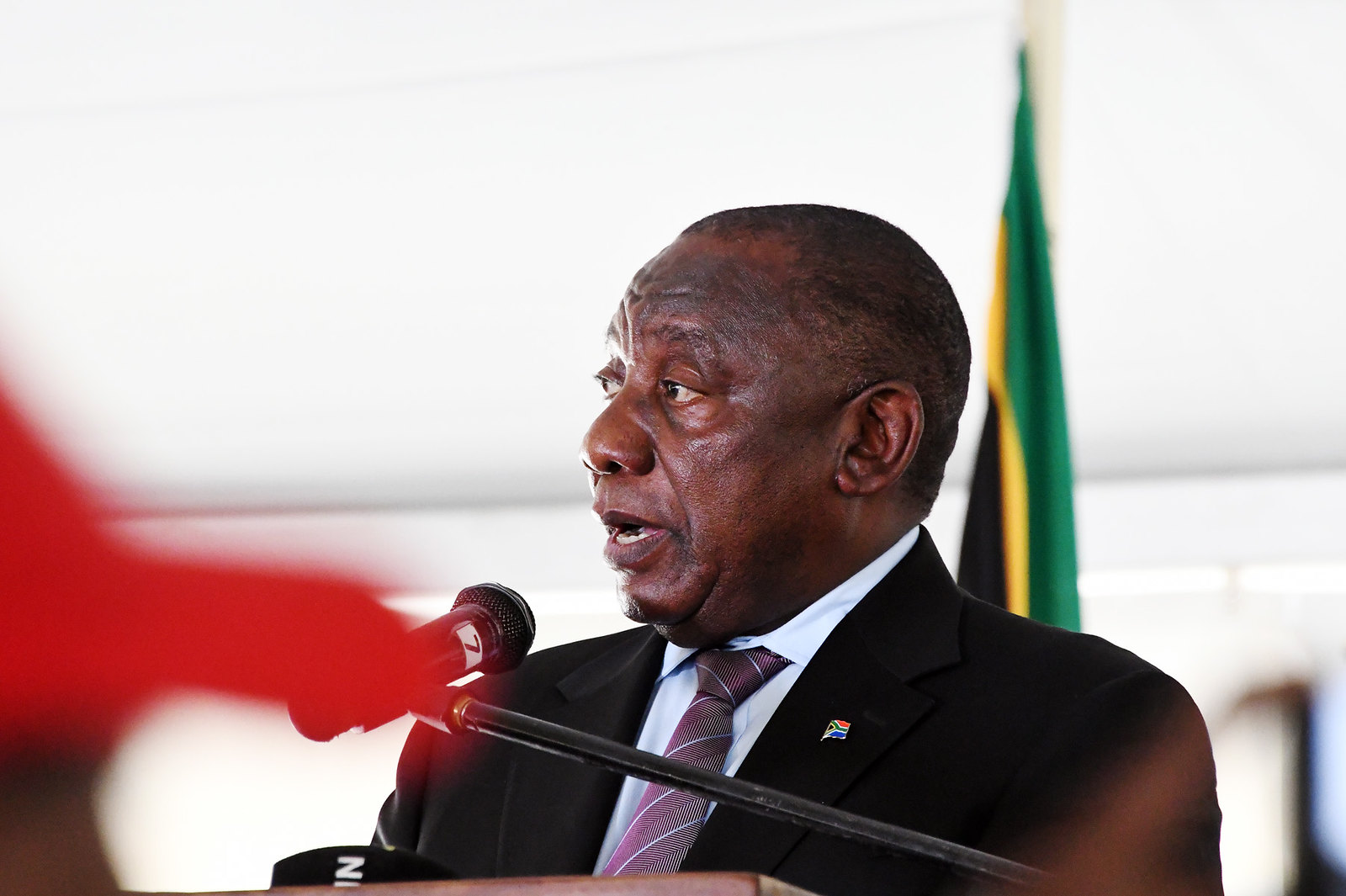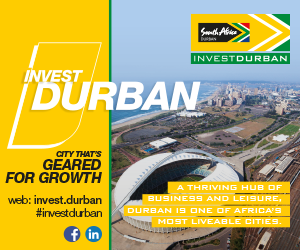At the 2024 edition of the Hotel and Hospitality Expo Africa, held from June 11-13 at the Sandton Convention Centre in Johannesburg, transformative action and innovation took centre stage, redefining hospitality across the continent. Featuring a diverse line-up of speakers and discussions, the Expo highlighted the importance of sustainability, technology, and local innovation in shaping the future of African hospitality, reaffirming it as the premier platform for driving growth and excellence in the sector.
“The Hotel and Hospitality Expo Africa connected brands and decision-makers, proving once again that it’s so important to create a space where industry leaders can share knowledge and prioritise important topics such as sustainability,” said Margaret Peters, Event Manager at dmg events.
Sustainability was one of the central conversation points at the event, unpacking the importance of sustainability in hospitality and its influence on decision-making and strategy. As a recent article in Southern and East African Tourism Update, emphasised, ‘consumers are travelling more thoughtfully and making conscious choices across the entire travel experience.’
Another focal point of the show was on the power of Small, Medium & Micro Enterprises (SMMEs) to drive innovation and propel the hospitality industry forward. Returning for its third year, the Enterprise Development Pavilion, sponsored by the Johannesburg Convention Centre, provided a dedicated space for SMMEs to showcase their cutting-edge products and services. “This platform links emerging businesses, especially black-owned and women-owned enterprises, with key industry buyers, providing valuable exposure and market access. Through this initiative, we empower these businesses to flourish and shape the dynamic future of hospitality,” said Thandubuhle Mgudlwa, Chief Executive Officer, The Johannesburg Tourism Company.
By supporting emerging businesses, particularly those black-owned and women-owned, we actively contribute to economic development and job creation. This creates a ripple effect, leading to a more progressive and prosperous industry for everyone – stakeholders, partners, customers, and the entire community.
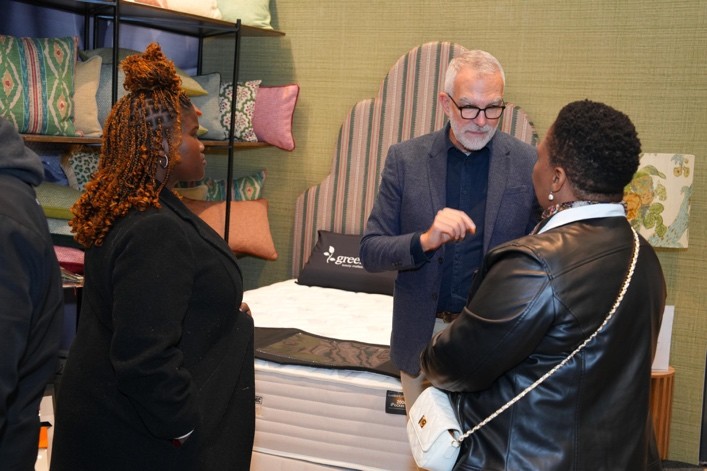
On day one of Hotel and Hospitality Expo Africa 2024, the opening keynote address on ‘Exploring the changing landscape of hospitality in Africa’ featured Jeff Blackbeard, Director of Sectors and Markets, Moore Global. As Africa is set to be the world’s second-fastest growing region in 2024 for the travel and tourism market, Blackbeard’s presentation looked at the trends, sustainability and technological transformations needed to ensure Africa becomes a vibrant international destination.
Unpacking some of the core findings from dmg events and Moore Global’s African Hospitality Confidence Index in the presentation, Blackbeard said: “There is confidence in the sector, and as the European market shows confident growth, this will filter into the African market as well. There’s a lot of confidence in the high-end market and there remains significant interest travelling into the Africa region, particularly South Africa.”
Also on day one was a panel discussion on ‘Unlocking opportunities – City destination marketing in Southern Africa’ with Lee-Anne Singer, Marketing and Sales Director at the Singer Group, and Chairperson of FEDHASA Cape, as the moderator, and Mike Vroom, Chief Operating Officer at Newmark Hotels, Reservations and Lodges; Mark Wernich, Cluster General Manager at Raj Cape Town; Thandubuhle Mgudlwa, Chief Executive Officer at the Johannesburg Tourism Company; Monika Iuel, Chief Tourism Officer at Wesgro; and Bronwen Auret, Chief Quality Assurance Officer and Acting Chief Marketing Officer at South African Tourism.
This was bolstered by two fireside chats on ‘Future living – adapting products to anticipate changing guest demand’, and ‘Sustainability – Journey to tomorrow blending purpose and profit’. The latter conversation was moderated by Brett Hendricks, Chief Executive Officer at Motsamayi Tourism Group, and had Gavin Ferreira, Concession General Manager at Kruger Shalati; and Andrea Kleainloog, Partner at Hesse Kleinloog, discussing sustainable tourism. The conversation centred around the bold investment into the Kruger Shalati train in the Kruger National Park during the pandemic and the commitment and purpose that led to its resounding success.
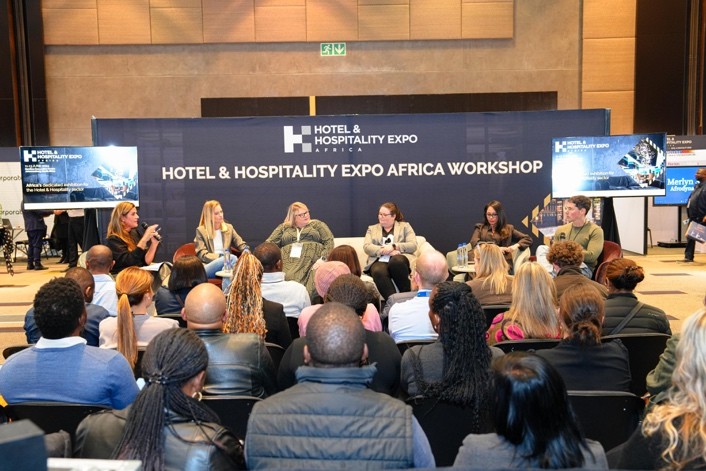
“You must partner with operational sustainability and understand how your ideas are going to play out over the long term. We prioritised sustainability on multiple levels from employment to environmental impact,” said Ferreira. He argued that it was possible to create a more people-centric approach to environmental conservation that has a lasting impact.
Also taking place on day one were panel discussions asking ‘Can sustainability and luxury co-exist?’; how companies can go about ‘Embracing timeless authentic design with innovation – blending aesthetics and functionality’; talking about ‘Pricing strategies and channels – boosting revenue and maximising occupancy’; and an exclusive interview focusing on thinking global while acting local featuring Chris Browne, Owner and Creative Director of Fox Browne Creative.
Day two of the event focused on the overarching theme of technology and the important role it plays in reimagining experiences, personalising guest interactions, and transforming the shape of the hospitality sector. The rise of solutions such as artificial intelligence (AI) and automation have the potential to comprehensively reimagine travel, both in Africa and abroad.
The panel discussion ‘The digital era -striking the balance between embracing AI vs. safeguarding your guests’ privacy and data’ saw Khaya Mbanga, Digital Head of Advisory at BDO South Africa, take on this topic with insightful commentary. The key takeaways from the presentation included the need to integrate the human touch with technology, how to improve business performance with AI, and what hoteliers need to know about Google and Yahoo email authentication.
Other events hosted on day two included: ‘Elevating guest experiences through personalisation’ and how important it is to unlock cultural personalisation; ‘Procurement 4.0 – streamlining supply chain optimisation’; ‘Enhancing synergies between owners and operators’; and a case study looking at how the Internet of Things (IoT) and AI can change the future of energy management within the sector.
Closing the events for day two was a deeply insightful keynote address focused on ‘Launching your culinary voyage – a blueprint for entry into the F&B industry’ hosted by Coo Pillay – director of F&B Protea Hotel by Marriot Johannesburg Wanderers.
“Chefs today aren’t just cooks, we’re businesspeople. We need business acumen and entrepreneurial skills balanced with skills and capability. It is so important for chefs to cultivate a deep passion for your food, your creativity and your culinary excellence,” he said. He went on to unpack some of the key trends to look out for that included plant-based foods, sustainability, and global flavours. “There’s a growing demand for alternative proteins and eco-friendly practices alongside cultural influences for South African cuisine,” he added.
On day three, the core themes were around labour shortages and talent retention. There is a need to bridge the gap and find ways of tapping into skills opportunities as well as capturing the attention of Gen Z. The day also looked at healthy eating, locally-sourced quality ingredients, and experiential dining. Discussions that took place included ‘How hospitality can use design thinking’; ‘Paving the way for an engaged workforce’; ‘Becoming an incredible employer and solving the unemployment crisis – what steps are being put in place to build a diverse workforce’; homegrown culinary innovation’ and ‘Embracing the future of hospitality and beyond.’
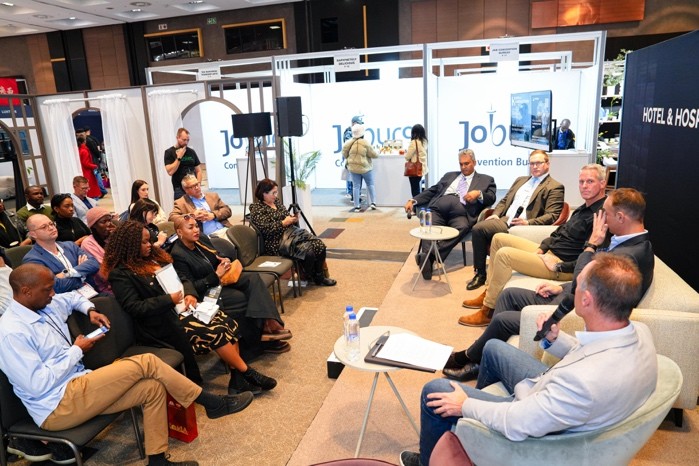
The fireside chat moderated by Lee-Ann Bac, Director of BDO South Africa and attended by Hamza Farooqui, Founder and CEO of Millat Investment; Ram Lokan, Principal at Kasada Capital Management; and JS Anand, Founder and Owner of Leva Hotels, Dubai, unpacked the theme of ‘Investment – the African hospitality industry’. The speakers discussed the challenges and opportunities in the South African hospitality industry, including the demand for mid-scale hotels and the importance of ESG. They shared their experiences in scaling up hotels and highlighted the importance of building relationships with global brands while prioritising local innovation.
There should be a push towards local products, local technology and local human capital,” said Anand. “You can be a leader in your sector if you have quality people and invest in your human capital. The culture of the company starts at the top.”
“With over 3,632 attendees and 85 exhibitors recorded at this year’s event, the Hotel & Hospitality Expo Africa will continue to be one of the most important events in the hotel and hospitality sector’s calendar next year, offering delegates an exceptional array of industry-specific experiences,” Peters concluded.
For more information on the Hotel & Hospitality Expo Africa and to download the latest Hospitality Confidence Index visit www.thehotelshowafrica.com.
